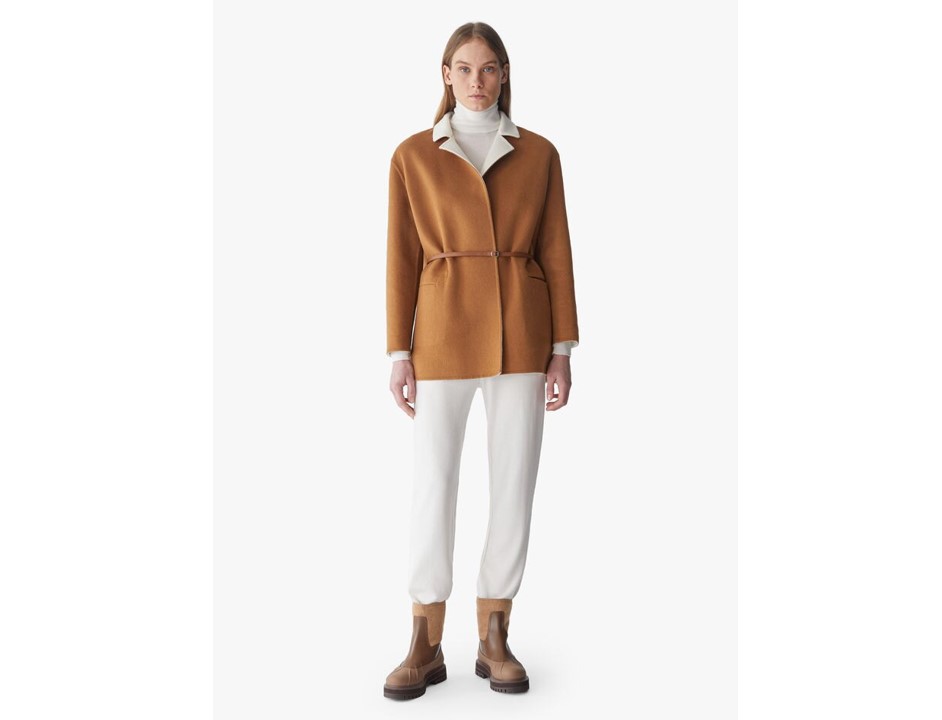In the realm of high fashion and luxury, few garments capture the essence of exclusivity and opulence quite like the vicuña coat. Renowned for its unmatched softness, remarkable warmth, and remarkable rarity, the vicuña coat has earned its reputation as one of the most expensive and coveted pieces of clothing in the world. This article delves into the intriguing world of vicuña coats, uncovering the factors that contribute to their exorbitant price tags.
A Rare and Prized Fiber
The vicuña, native to the Andean regions of South America, is a member of the camelid family and is closely related to the more common alpaca and llama. What sets the vicuña apart is the fineness of its wool, considered one of the rarest natural fibers on the planet. The thinness of the fibers, measuring around 12 micrometers in diameter, makes vicuña wool incredibly soft to the touch, rivaling even the finest cashmere.
However, the scarcity of vicuña wool plays a pivotal role in its astronomical cost. Vicuñas can only be shorn every two to three years, yielding a mere 200 grams of wool per animal. Furthermore, due to conservation efforts, wild vicuñas are caught, shorn, and released back into the wild to ensure their survival. This labor-intensive process significantly limits the availability of vicuña fiber, contributing to the fabric’s exclusivity and high price.
Exceptional Craftsmanship
Crafting a vicuña coat is a labor of love that requires exceptional skill and craftsmanship. The delicate nature of vicuña fiber demands meticulous attention during every stage of production, from shearing to weaving to tailoring. Skilled artisans handpick the finest fibers, ensuring that only the most superior quality is used in the creation of these luxury garments.
The weaving process is equally intricate. Vicuña wool is often blended with other luxurious fibers like silk or cashmere to enhance its durability and texture. Master weavers employ traditional techniques, often handed down through generations, to create textiles that are both aesthetically pleasing and structurally sound.
A Natural Marvel: Lightweight Warmth
Despite its delicate appearance, vicuña wool boasts remarkable insulation properties. The air-trapping quality of its fibers results in exceptional warmth without the weight typically associated with such insulation. Vicuña coats offer wearers unparalleled comfort in cold weather, making them a favorite among discerning buyers who value both style and functionality.
Artistry and Design
Vicuña coats are often associated with prestigious fashion houses and luxury brands that spare no expense in ensuring that every aspect of the garment exudes elegance and sophistication. World-renowned designers apply their expertise to create designs that highlight the natural beauty of vicuña wool while emphasizing the distinctive features that set the coats apart from other luxury outerwear.
Status Symbol and Exclusivity
Owning a vicuña coat is more than a mere acquisition of clothing; it is an affirmation of status and an embodiment of exclusivity. The combination of the rarity of vicuña wool, the painstaking craftsmanship, and the aura of luxury that surrounds these coats makes them coveted items among the world’s elite. The limited supply, coupled with the high demand from individuals who appreciate both the intrinsic qualities of the fiber and the symbolism it represents, contributes to the stratospheric prices these coats command.
Ethical and Sustainable Luxury
Beyond their aesthetic and monetary value, vicuña coats also carry ethical and sustainable attributes. Conservation efforts aimed at protecting the vicuña population have led to a resurgence in their numbers, transitioning them from the brink of endangerment to a managed resource. The humane treatment of these animals during the shearing process, along with the eco-friendly practices embraced by many luxury brands, adds a layer of ethical integrity to the allure of vicuña coats.
Images courtesy of Loro Piana

